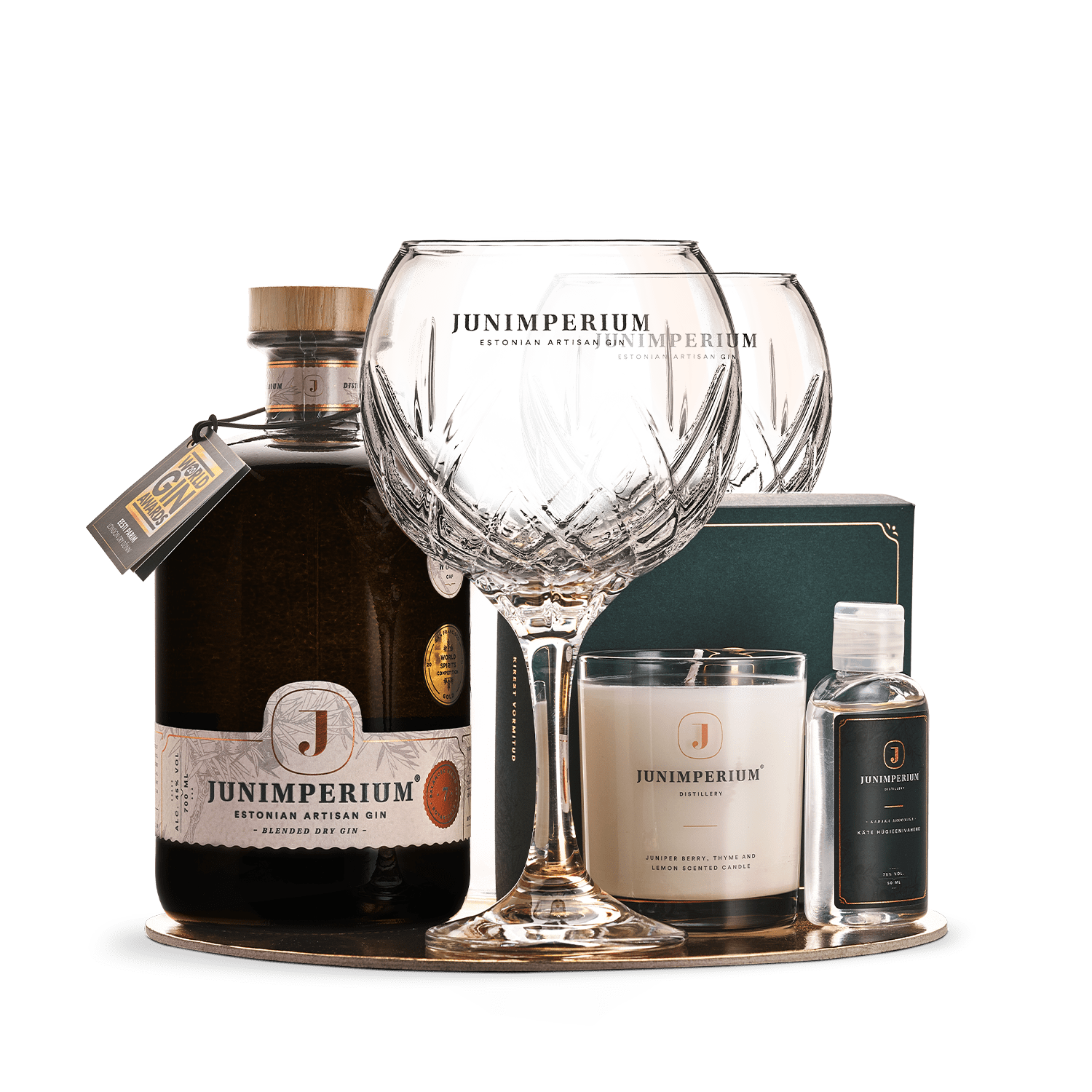Gin is a distilled alcoholic beverage defined by its predominant juniper berry flavour. According to EU Regulation 2019/787, gin must be produced by flavouring ethyl alcohol of agricultural origin with juniper berries and other botanicals, with a minimum alcohol content of 37.5% ABV. This clear spirit has evolved from medicinal origins to become one of the world’s most versatile and beloved cocktail ingredients.
Key botanicals in gin
Juniper berries form the backbone of gin, providing its distinctive piney, resinous character. Without juniper as the dominant flavour, a spirit cannot legally be called gin. While juniper is non-negotiable, the supporting cast of botanicals varies widely between producers.
Most traditional recipes incorporate coriander seeds for citrusy and spicy notes, various citrus peels for brightness, angelica root for earthy balance, and orris root which acts as a fixative that binds flavours together. Beyond these standards, craft distillers often showcase local ingredients, from rhubarb and cherry to more unusual botanicals like seaweed or foraged herbs, creating regional expressions with distinctive terroir.
Production methods and styles
The way gin is produced significantly affects its character and classification. The most traditional style, London Dry Gin, requires that no flavourings or sweeteners be added after distillation, with all botanical flavouring occurring during the distillation process. Despite the name, London Dry doesn’t need to be produced in London—it’s a production method rather than a geographical indicator.
Navy Strength gin packs a more powerful punch at 57% ABV or higher. This robust strength has historical origins—sailors needed a spirit that wouldn’t render gunpowder useless if it spilled during rough seas. If gin soaked into gunpowder and it still ignited, it was “proof” the alcohol content was sufficient.
Other important styles include Distilled Gin, which is flavoured through redistillation rather than adding essences, and Sloe Gin, technically a gin-based liqueur made by infusing gin with sloe berries and sugar, resulting in a lower ABV product (typically 25-30%).

How gin differs from vodka
The distinction between gin and vodka often confuses consumers. Both spirits typically start with a neutral base alcohol, but their paths diverge significantly from there. Gin is always flavoured—with juniper being the essential, legally required botanical—whereas vodka is defined by its neutrality and lack of distinctive character.
While gin celebrates its botanical complexity, vodka producers strive for purity and smoothness. Gin typically has an ABV of 37.5-57%, while vodka usually ranges from 35-40%. Put simply: if you can taste juniper, you’re drinking gin, not vodka.
A brief history
Gin’s story begins in the Netherlands in the 17th century as a medicinal spirit called *genever*. When William of Orange took the British throne, he brought Dutch drinking customs with him, leading to gin’s enormous popularity in Britain. This culminated in the notorious “Gin Craze” that peaked between 1720 and 1751, when gin consumption reached staggering levels in British cities.
The 1920 UK Intoxicating Liquor Act later standardised what we now know as London Dry Gin, establishing quality controls that helped transform gin from a crude spirit to the refined product we know today. The 21st century has seen a craft gin renaissance, with hundreds of small-batch distilleries opening across the UK and globally.
How to drink gin
While 92% of UK consumers enjoy gin with tonic water, there’s no single “correct” way to appreciate this versatile spirit. The classic G&T typically features a highball glass with ice, quality tonic water, and garnishes tailored to complement the gin’s botanical profile—commonly citrus, herbs, or spices.

Gin forms the backbone of countless classic cocktails, including the Martini, Negroni, and Gimlet. Premium gins can be sipped neat to appreciate their complex botanicals, though this is less common than with aged spirits like whisky. Contemporary or flavoured gins are particularly enjoyable over ice, allowing their unique characteristics to shine.
Junimperium’s craft approach to gin
As Estonia’s first open artisan gin distillery, Junimperium has been producing award-winning gins since 2018 using small-batch copper pot distillation. Located in Tallinn’s vibrant Telliskivi quarter, our range includes Blended Dry Gin (40% ABV), Navy Strength (57% ABV), Cherry Edition, and Sloe Gin—each crafted with carefully selected botanicals that highlight our Estonian heritage while honouring gin’s traditional character.

Our dedication to quality has earned international recognition, with Junimperium Sloe Gin named the world’s best gin in 2021 and our Navy Strength Gin winning the world’s best award in 2023. Visitors to Tallinn can explore our production methods through distillery tours that include gin history, tasting sessions, and cocktail experiences. Can’t visit? Try our cocktail recipes at home, including signatures like the Cherrytinez with gin, cherry liqueur, and lime.
The essence of gin
Gin’s universal appeal lies in its remarkable versatility—the juniper backbone provides structure while allowing for endless creative expressions through additional botanicals. This balance of tradition and innovation keeps gin relevant across generations and cultures.
Whether you’re sipping a classic G&T or exploring craft expressions from distilleries like ours, understanding gin’s fundamentals enhances appreciation of this centuries-old yet continually evolving spirit. Ready to explore the world of craft gin? Book a tour at our Telliskivi distillery to discover how we transform botanicals into our award-winning spirits, or browse our collection to find your perfect expression of this iconic spirit.
